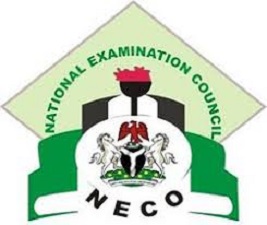Neco book keeping Answers 2022
Here is the Neco book keeping Answers 2022
Bookkeeping-Obj
1CBCACDEEEB
11BCDBAEABBE
21BECDBDCDCA
31BDACDDCCBE
41ACACBADDEC
51BEDEEABDBB
COMPLETED
2022 NECO BOOK KEEPING ANSWERS
(1a)
Services refers to all acts or action carried out which are rewardable by consumers, firms or government.
(1b){CHOOSE FIVE}
(i)Lack of ownership.
(ii)Intangibility.
(iii)Inseparability.
(iv)Perishability.
(v)Heterogeneity or Variability.
(vi) Fluctuating demand.
EXPLANATIONS
(i) Lack Of Ownership :-
A service cannot owned nor stored like a product. Services are used or hired for a period of time.
(ii) Intangibility:-
Service cannot be hold nor touched unlike a product. This is because a service is something customers experience and experiences are not physical products.
(iii) Inseparability :-
Services cannot be separated from service providers. A product can be taken away from the producer but a service can not be taken away as it involves the service provider or its representatives doing something for the customer.
(iv) Perishability :-
Services last a specific time and cannot be stored like a product for later use. For example an interior designer will design a property once. If you would like to redesign the house you will need to purchase the service again.
(v) Heterogeneity:
The features of service by a provider cannot be uniform or standardised. A Doctor can charge much higher fee to a rich client and take much low from a poor patient.
(vi) Fluctuating Demand:-
Service demand has high degree of fluctuations. The changes in demand can be seasonal or by weeks, days or even hours.
2022 NECO BOOK KEEPING ANSWERS
(3a)
Contra Entry is an entry that is recorded when both the debit and credit affect the same account and which results in a net-zero effect on the account.
(3b)
{CHOOSE ANY FIVE}
(i) Straight Line method.
(ii) Depreciation Method.
(iii) Diminishing Balance Method.
(iv) Sum of Years’ Digits Method.
(v) Double Declining Balance Method.
(vi) Sinking Fund Method.
(vii) Annuity Method.
(viii) Insurance Policy Method.
(ix) Discounted Cash Flow Method.
(3c)
(i) Grants
(ii) Investment Income
(iii) Cash Donations
(iv) Membership Dues
(v) Contributions
(vi) Giving Circles
(vi) Program Service Revenue
(vii) Loan Financing for nonprofits
(viii) Matching grants
(ix) Crowdfunding
(x) Membership Dues
